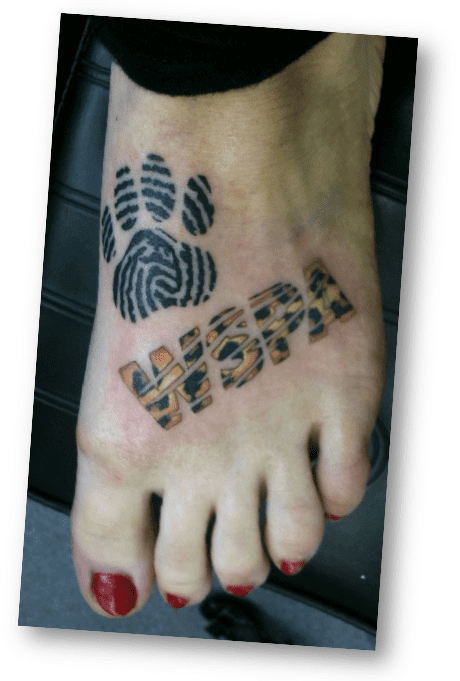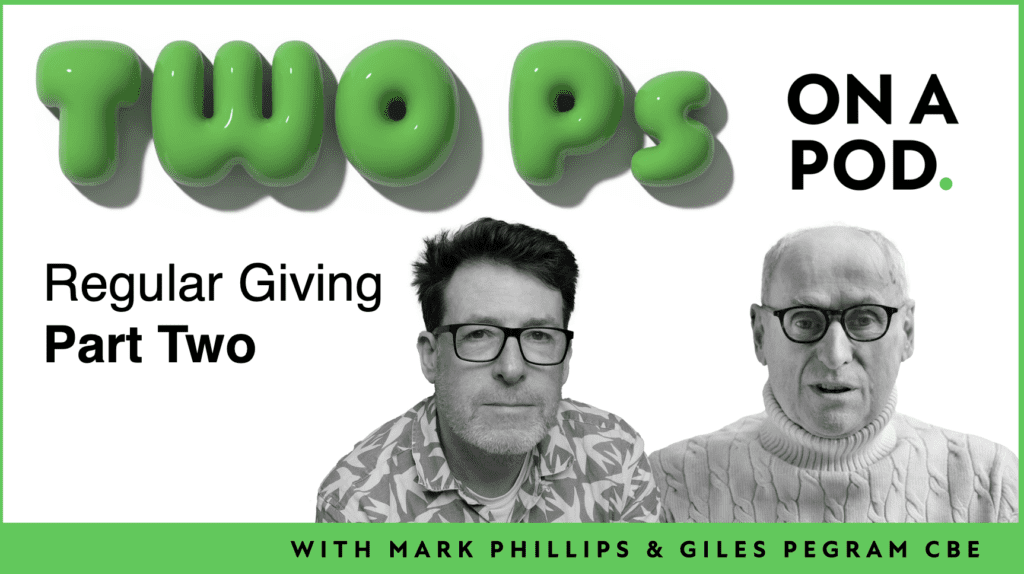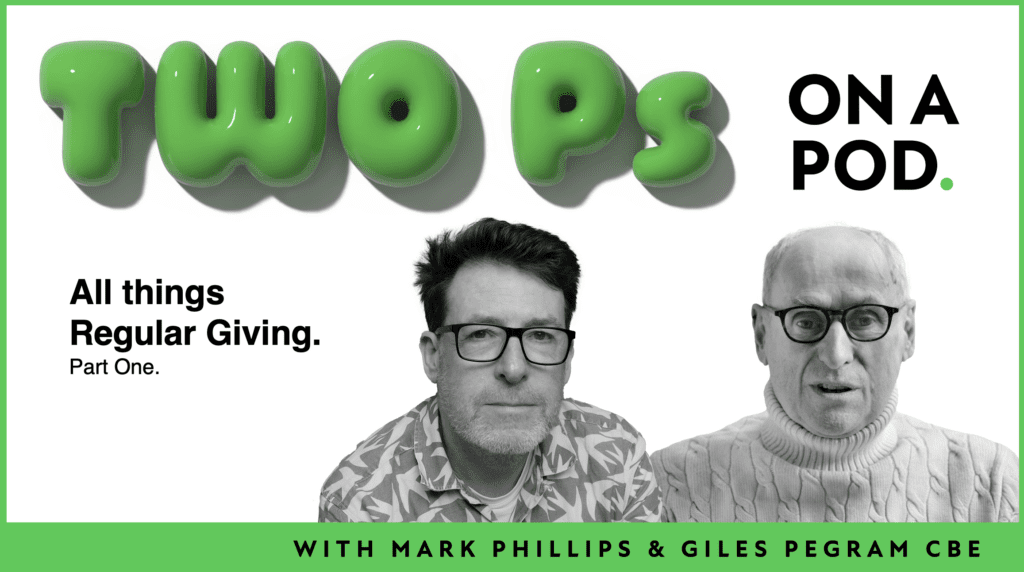Another way to measure supporter loyalty
I can't think of many charities that wouldn't want more loyalty from their donors. But as we all know, people can be very, very fickle.
Just because someone has set up a small regular gift or responded to an appeal, it doesn't mean that they are a supporter that you can depend upon.
You have to do something very special to build that sort of relationship.
That's why I was amazed to receive this photograph from a WSPA donor, who values their relationship with the charity so much that they have made it permanent with a tattoo of the Animal Protector logo! 
It's probably one of the most memorable examples I've seen of what a donor focused loyalty campaign can achieve. And though WSPA are unlikely to get many more photographs like this, their new Animal Protector product has had a remarkable impact on all KPIs.
As a result, the Institute of Fundraising awarded it the Most Innovative Fundraising Campaign at this year's IOF national convention. As they said at the ceremony…
"Attrition has been halved and over 12 months the numbers of donors upgrading their monthly donation amounts has more than tripled.
This campaign was based on donor insight and WSPA built a new product around this data. They tried to change the mindset of donors to feel more engaged through a new product, and successfully increased the emotional engagement that donors feel.
The drop in attrition is excellent.
This sort of campaign could be replicated in other organisations and doesn't necessarily depend on the size or income."
I'm incredibly proud that it was Bluefrog that developed Animal Protector and that it was built on our uSpace donor feedback engine. If you'd like to know more, you can read about how it works here and here).
Tags In
The Essentials

Crack the Code to Regular Giving: Insights, Strategies, and a Special Giveaway!

‘Tis Halloween. Keep to the light and beware the Four Fundraisers of the Apocalypse!

Why do people give? The Donor Participation Project with Louis Diez.

A guide to fundraising on the back of a postcard

What does the latest research tell us about the state of fundraising?





